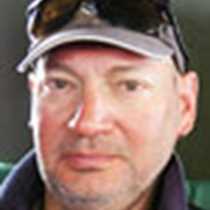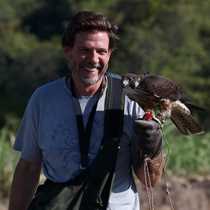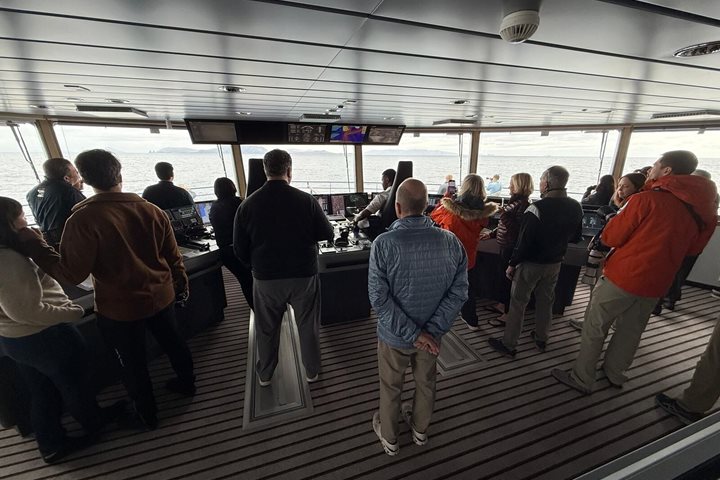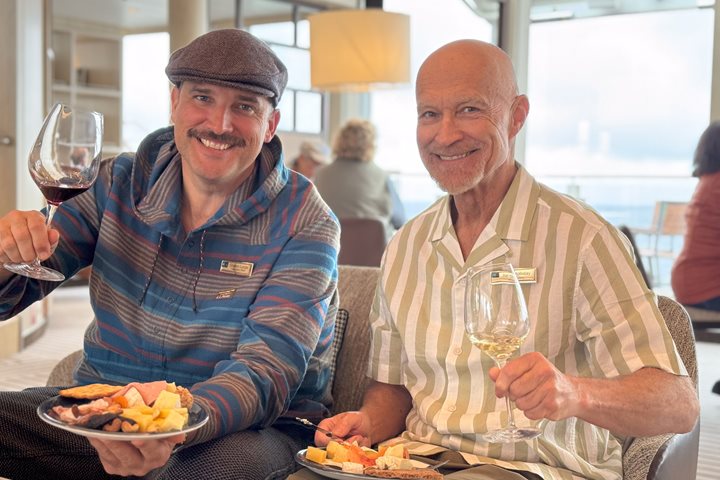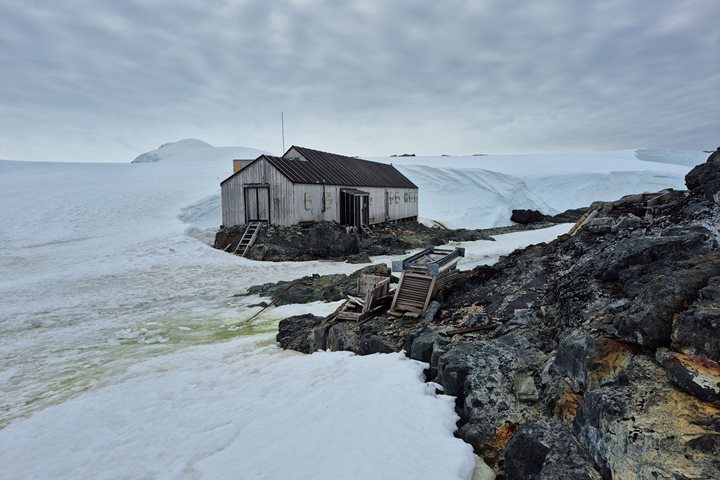The overnight passage from the Lemaire Strait found the National Geographic Explorer just south of the Antarctic Circle at 7 a.m. Perfect clear skies, a stiff breeze around 35 knots, and temperature around -2°C combined to provide an exhilarating experience for early bird guests who ventured to the outer decks. With winds gusting up to 35 knots, the wind chill factor was around 14° F, or -10°C.
Dense sea ice was encountered while cruising about Crystal Sound near Adelaide and Laird Islands of the Biscoe Island group. This gave Captain Kreuss the opportunity to show off the ship’s icebreaking capabilities. Floes of up to an acre were no impediment to the ship’s progress, and the profusion of bergs of all shapes and sizes in the sound held guests spellbound.
The light was ideal for photography of the scenic vistas and wildlife. Birds sighted include the pretty snow petrels, the dainty Wilson’s storm petrels, skuas and southern giant petrels. Snow petrels are unmistakable, being all white with a black eye and bill. They are only found in association with pack ice above 55°S latitude. They are abundant and mostly sedentary, nesting from November onwards on shelves and ledges on rocky hillsides around the periphery of the Antarctic coastline. Their single egg is incubated for around 45 days then the chicks fledge in 41 to 54 days.
We made our furthest south, meeting impassable fast ice at the head of an arm of Crystal Sound, so called because many of the topographic features in the region are named for researchers who studied the structure of crystal formations in snow and ice. Parking the bow of the ship against the fast ice securely allowed guests to enjoy a ‘shore’ excursion on the sea ice after a very short Zodiac transfer. A committee of Adélie penguins was on hand to greet guests to their furthest south.
Heading north, the expedition called in at Detaille Island, the location of an abandoned British Base. In lieu of a landing, the captain nosed the ship close to the site of the base. It was known as Base W and established in 1956 for meteorological and geological research and for topographic survey work. It was abandoned in 1959, having served its principals roles and because frequent heavy ice conditions made resupply difficult.
Robert Jacobel, the Global Perspectives guest speaker presented part two of his series on the cryosphere, concentrating on ice sheet dynamics and the instability of marine based ice sheets, such as the West Antarctic Ice Sheet (WAIS). To wrap up, we heard of recent results of research into sub-glacial lakes and their biological systems.
To wrap up the afternoon, guests assembled on the sundeck for a whisky toast to Shackleton in the blend produced as a replica of the bottles found beneath the floor of the Cape Royds hut by the New Zealand Antarctic Heritage Trust during restoration work. In the words of the legendary Antarctic expeditioner and scientist, Sir Raymond Priestly; “For scientific leadership give me Scott; for swift and efficient travel, Amundsen; but when you are in a hopeless situation, when there seems to be no way out, get on your knees and pray for Sir Earnest Shackleton.”



